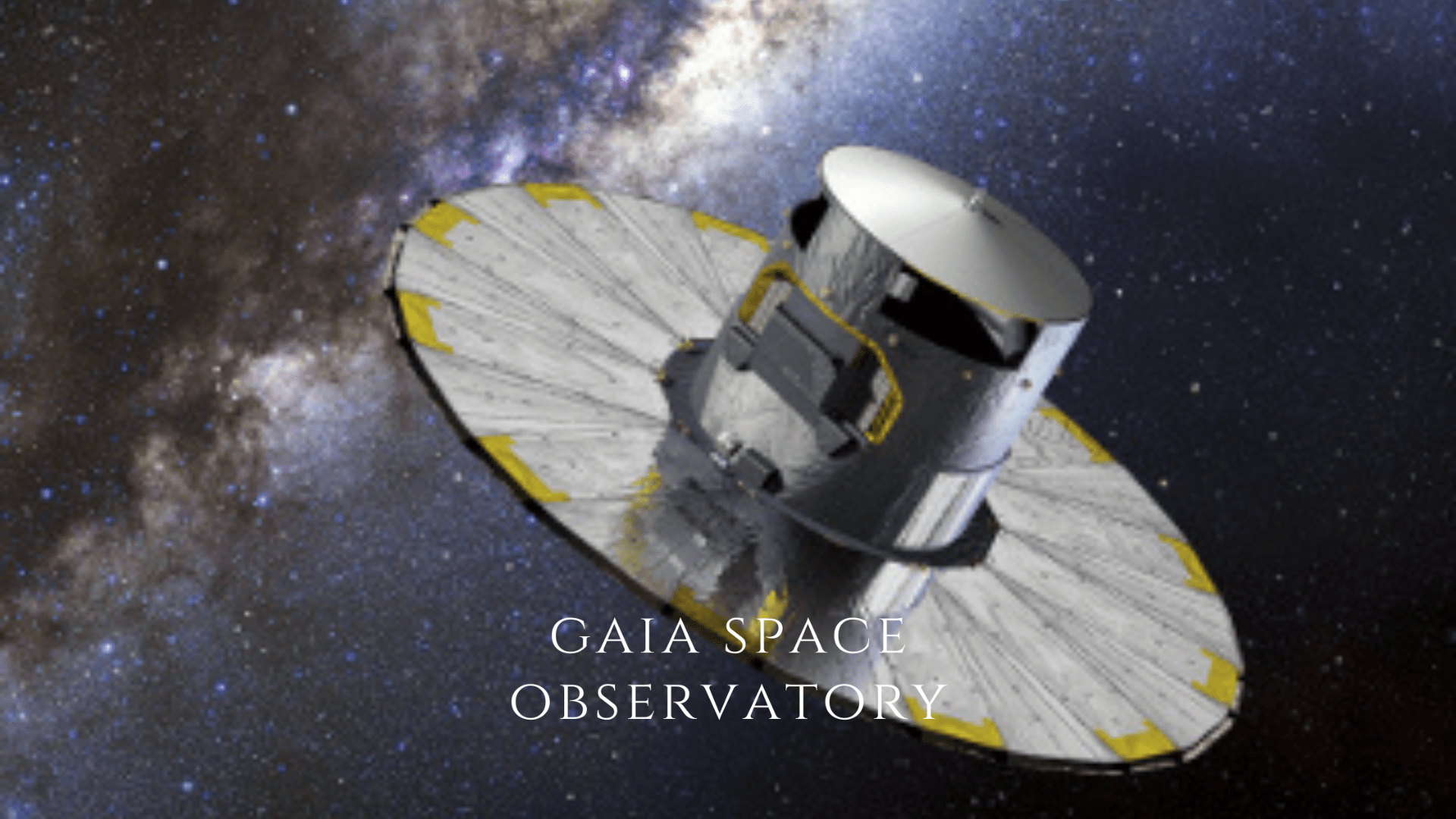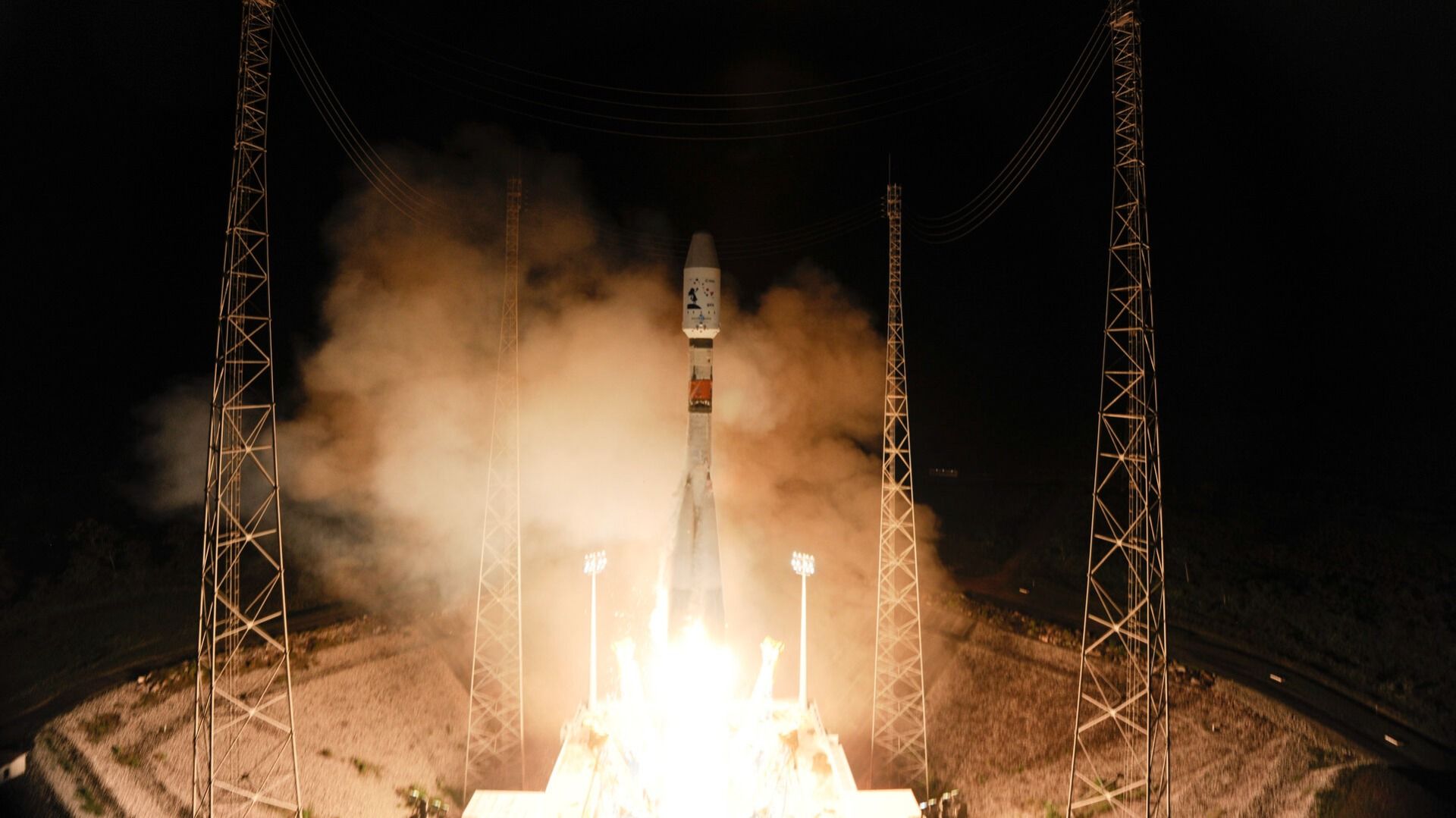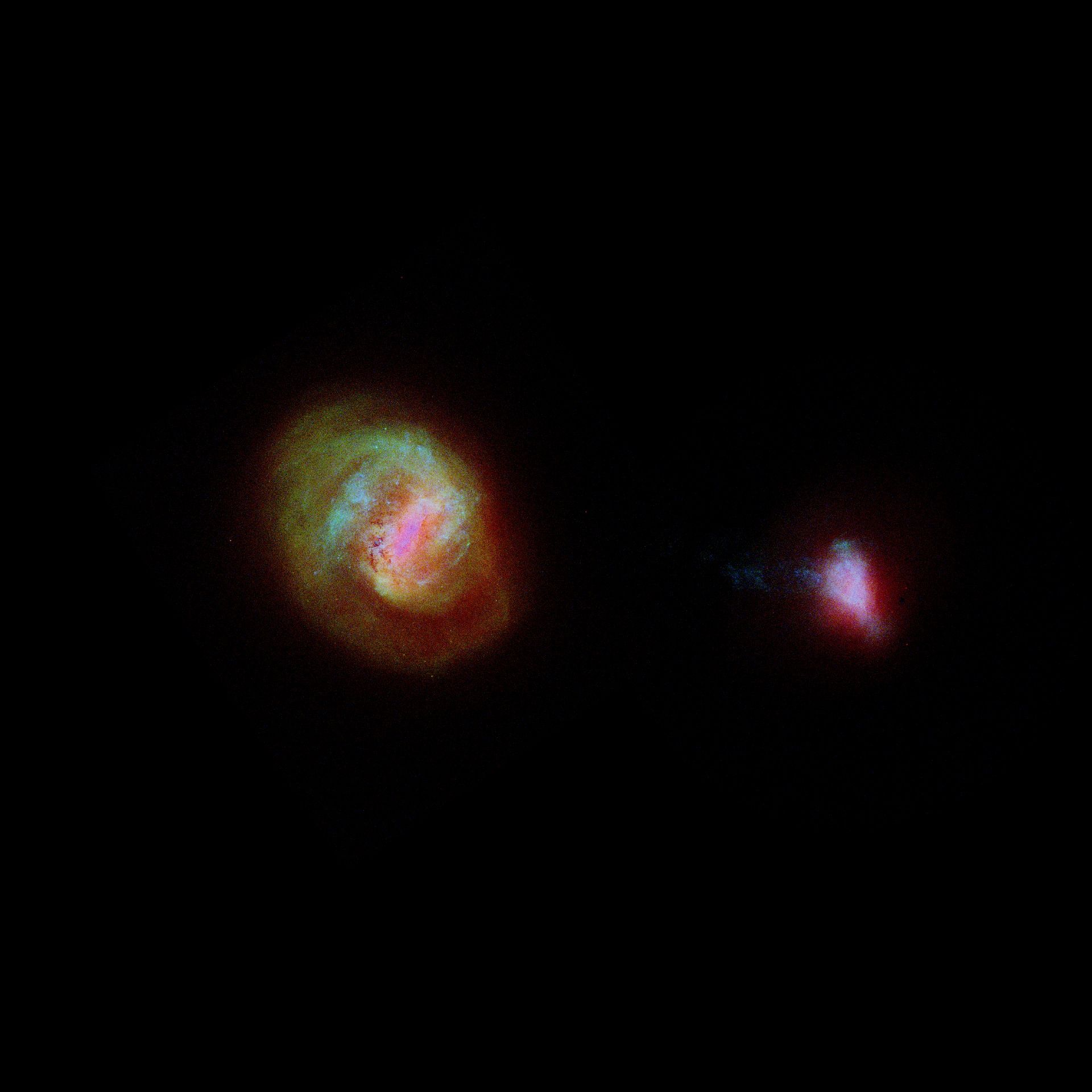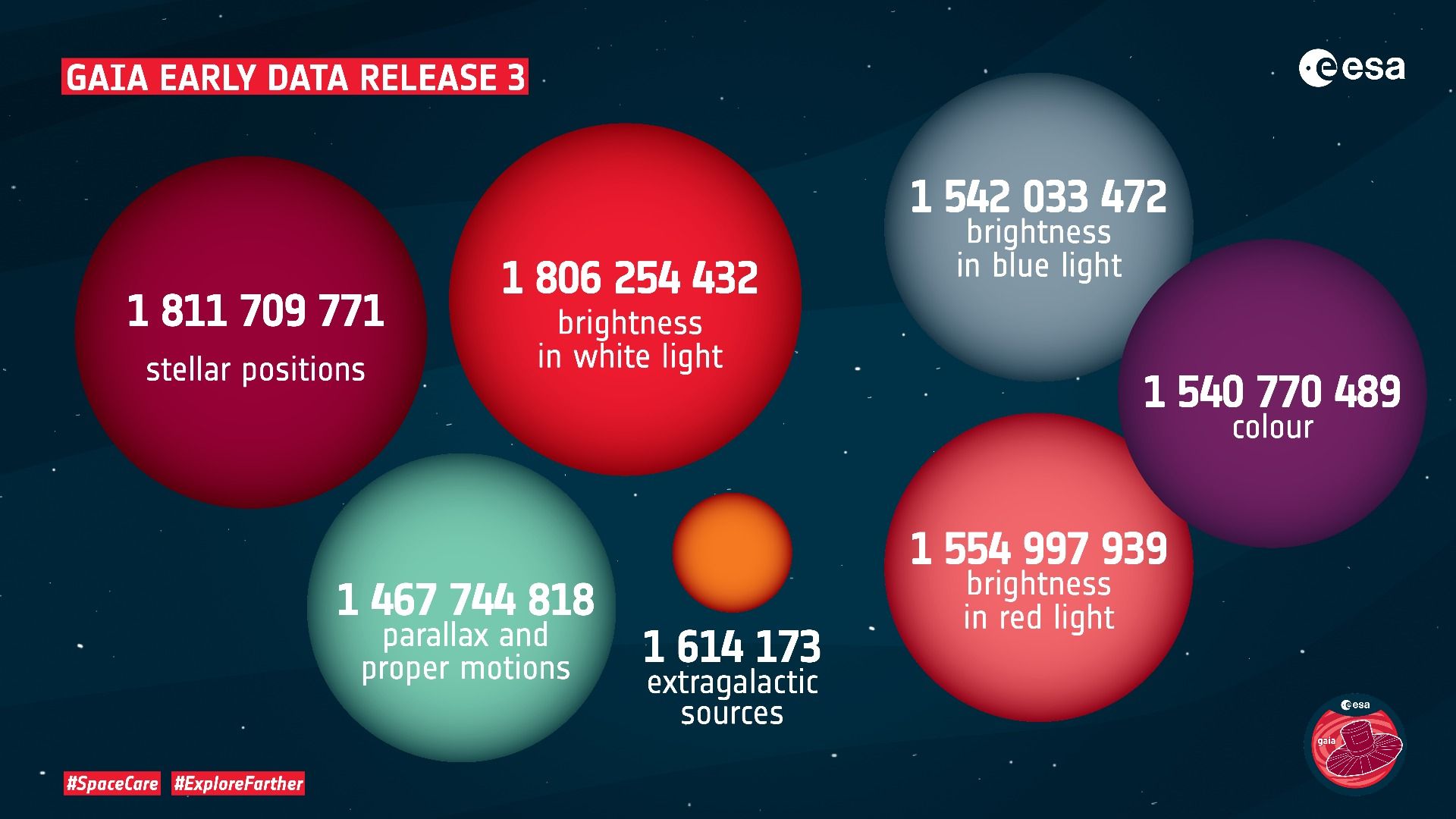
Gaia Space Observatory

Gaia is a space observatory launched on December 19, 2013, by the European Space Agency (ESA). The spacecraft is designed to measure stars' positions, distances, and motions with precision. The mission's goal is to construct by far the most precise and extensive 3D space catalog ever, with approximately 1 billion astronomical objects included. The spacecraft has enough fuel to continue operations until late 2024. However, its detectors are not degrading as fast as expected, meaning the mission could be extended.
The 3-D map Gaia is constructing of astronomical objects throughout the Milky Way will map their motions and their placement, which could help us understand the origin and evolution of the Milky Way galaxy. The spectrophotometric measurements will provide the detailed properties of all stars observed, denoting their luminosity, gravity, temperature, and elemental composition. This massive stellar census will provide the primary observational data to analyze many important questions related to the Milky Way galaxy's origin, structure, and evolutionary history.

ESA discovered that Gaia was suffering from a stray light problem shortly after launch. The problem was thought to be created by ice deposits, making some of the light diffract around the edges of the sunshield and enter the telescope apertures. However, the actual stray light source was later identified as sunshield fibers protruding beyond the shield's edges. This results in a degradation in performance that scientists believe is relatively modest.
While en route to SEL2 point, Gaia entered the testing and calibration phase, which ran until the end of July 2014. Gaia then began its nominal five-year period of scientific operations using a special scanning mode that intensively scanned near the ecliptic poles on July 25, 2014. On August 21, 2014, Gaia began using its normal scanning mode, which provides more uniform coverage.
On September 12, 2014, Gaia discovered its first supernova in another galaxy. On July 3, 2015, a map of the Milky Way by star density was released based on data from the spacecraft. As of August 2016, 9.4 billion spectroscopic observations, 110 billion photometric observations, more than 50 billion focal plane transits have been successfully processed.

In March 2021, the European Space Agency announced that Gaia had identified a transiting exoplanet for the first time. The planet was discovered orbiting solar-type star Gaia EDR3 3026325426682637824. Following its initial discovery, the PEPSI spectrograph from the Large Binocular Telescope (LBT) in Arizona was used to confirm the discovery and categorize it as a Jovian planet, a gas planet composed of hydrogen and helium gas.
In 2018, the Gaia mission was extended until 2020, with an additional "indicative extension" extending for another two years. In 2020, the Gaia mission was extended again through 2022, with an additional "indicative extension" extending through 2025. The limiting factor is the fuel supply for the micro-propulsion system, which is expected to last until November 2024.
